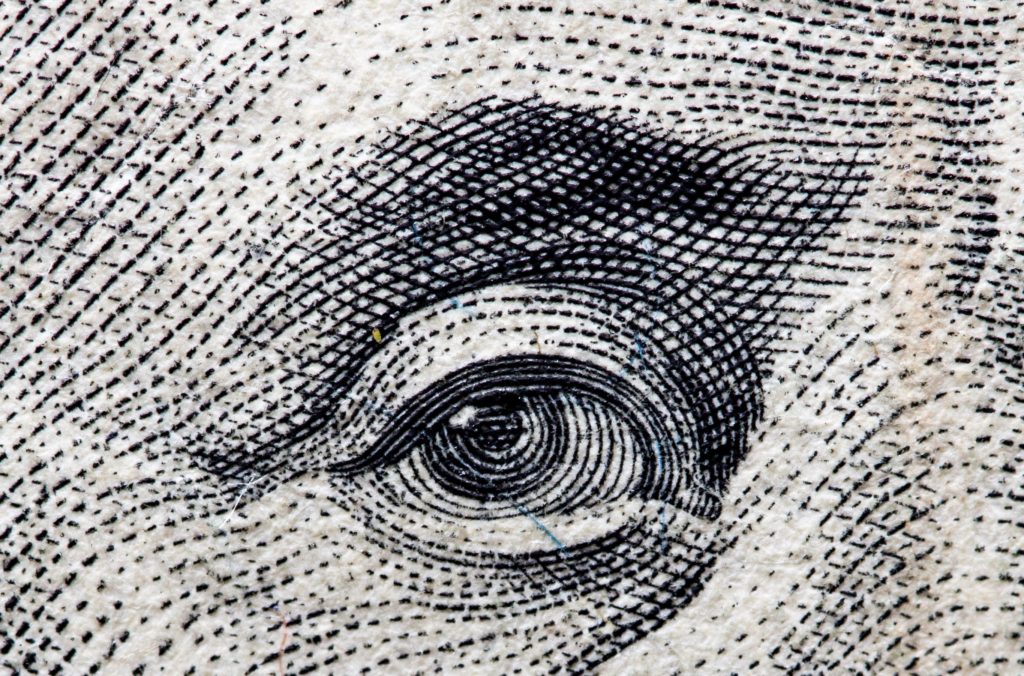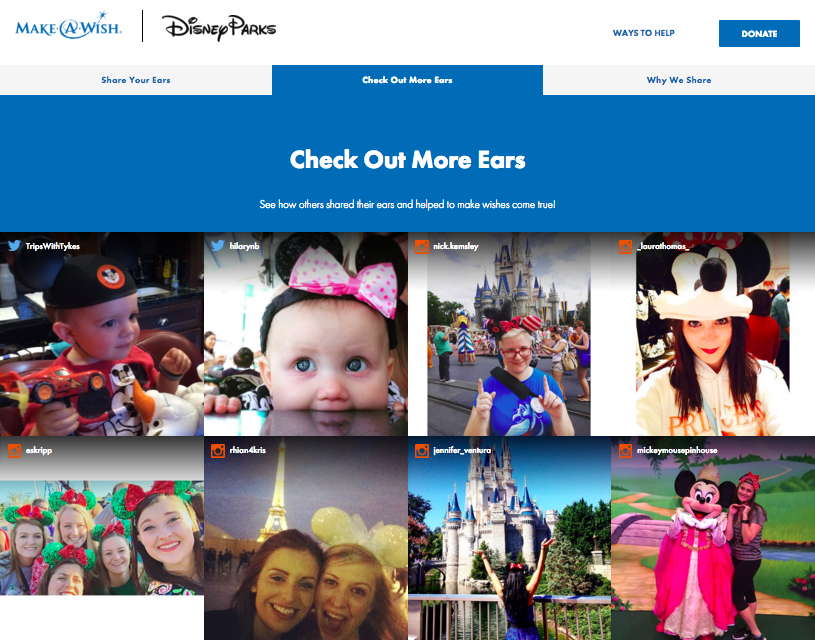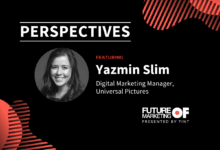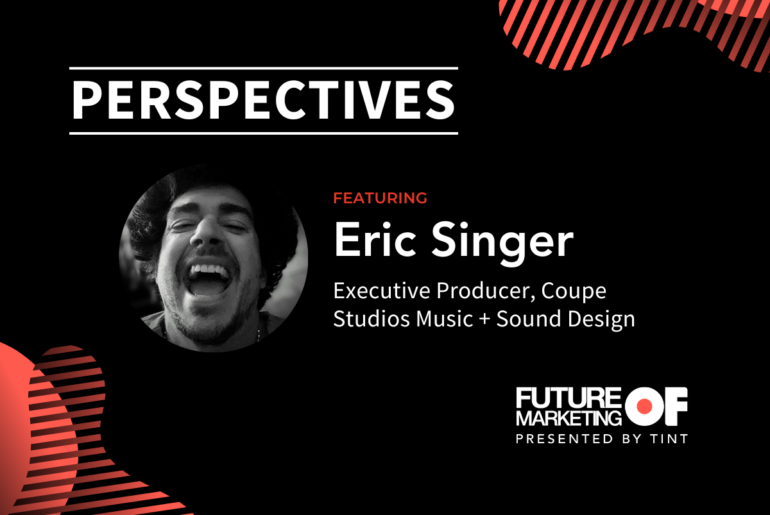The attention shift to social media is apparent—Facebook didn’t make $70.7 billion last year without garnering a lot of attention. What has become less apparent is social media’s role in the marketing funnel as technology changes.
Last year, Facebook ads were pretty similar to the years prior. Get users to click on an external link to purchase a product on the company that sold the product’s website. The money was (generally) in the click-through rate—the lower the rate the better the margins.
This year, things are changing. Social media has a new role in the sales funnel because the sales funnel has gone through its own renaissance. Where click-through rates from social platforms to a website used to be the tell all of a campaign’s success, the future looks a little different.
What happens when social media platforms, like Facebook Shop, cut out the middleman and sell directly on their platforms?
Social media shifts from being top-of-funnel…to becoming the entire funnel.
And this changes everything.
If social media campaigns shift their focus from top-of-funnel content to middle-of-funnel content, to bottom-of-funnel content this new Shop feature changes the entire role of a Social Media Manager. They’re no longer in charge of just keeping top-of-mind awareness and using top-of-funnel content strategies to get email sign ups—social media managers have to act on the entire buying journey from awareness to conversion.
Social strategies will have to shift to support the content that gets customers through the virtual doors and all the way to the cash register. They’ll have to hone in on the content that proves an ROI by utilizing the best tools they have: user-generated content.
Social’s Impact on Revenue
Social media is a driving force in awareness, and now all the way through to conversion. Using user-generated social media campaigns, companies have been capitalizing by increasing their relevance and putting themselves on their customer avatar’s feed.
For example, in 2018 Disney launched a user-generated content campaign called #ShareYourEars. To participate, social media users (and Disney fans) shared a photo of themselves with their own version of Mickey Mouse ears with the hashtag #ShareYourEars. Disney promised to donate $5 for every photo posted with the #ShareYourEars hashtag with a $1 million maximum.
This campaign landed Disney 1.77 million #ShareYourEars posts, 54 million media impressions, and 420 million social media impressions. The campaign even landed them a 554% increase in engagement during the campaign.
While Disney was too coy to share their revenue numbers from this campaign, the numbers speak for themselves. This type of social engagement created a stir—and it certainly got their fans excited for a trip to Magic Kingdom and their marketing team excited about the use of social.
Since Disney’s noteworthy social media campaign success, brands have continued to figure out how to use social media in a way that gets them similar results (even if that’s at the scale of a smaller business). And they’re all looking to social because the statistics are making it an obvious choice—social is winning, big time.
- Twenty-seven percent of Internet users find new products and brands through paid ads on social media
- The average Facebook user has clicked on 12 ads in the last 30 days
- Snapchat ads for Generation Z are 7x more efficient at reaching them than TV ads
Companies like Sweat have been built entirely off of social media and have grown into 9-figure businesses in a few years. Sweat reportedly has 20 million users paying $19.99 a month to access workouts from varying female trainers.
And you can bet companies like Disney and Sweat are watching how the funnel is shifting and figuring how they can be one of the first to capitalize on the changes.
If you’re thinking, “My company certainly isn’t Disney and it’s also a bit more niche than a fitness training app” let’s take a look at how other companies are creating content that drives awareness and revenue.
Brands Using Social To Impact Revenue
With the new social media funnel, campaigns have to be created from awareness to conversions and continue to excite their customers post-purchase.
Loews Hotels uses user-generated content to drive social engagement and move its audience towards conversion. They launched their #TravelForReal campaign to motivate their hotel guests to share their content with the Loews team. The Loews marketing team collected all of the posts with the hashtag #TravelForReal and organized it to find the highest quality content using TINT.
They saw a 62% increase in social engagement, an 85% increase in time spent on the booking page, and a 4x increase in revenue from brand-site booking. All from a campaign that showcased their customer’s content without a single production shoot.
What Does This Tell Us About The Future of Social?
As marketing executives look at the new scene, it’s becoming increasingly apparent that social media is going to continue to be a driving force in revenue. If they continue to build on their current Shop features, it might become the driving force in revenue as websites become more and more obsolete.
If a user can buy a product directly from their social feed, websites won’t be what they are now. Thirteen percent of Internet users say that a buy button increases their chance of buying a product on social media. We’re just starting to see the future of the new marketing world.
There’s one thing we know for certain—this new world will be built using the consumers’ voice as the narrative. Native ads work best on social media, giving consumers the reins on what content is going to bring awareness, conversion, and continued promotion throughout the customer journey.
With the future of marketing in the voice of the consumer, it has to be the consumer that creates the content. To prepare for this shift, marketing executives are figuring out how to motivate, collect, and organize user-generated content so they have a streamlined production process of happy customers creating their content for them (no product shoots required).
While this gives the creative process over to the consumer, it distributes an entirely new budget to the company—the production budget. The thousands to hundreds of thousands of dollars spent on models, location shoots, and production shoots are no longer totally necessary, freeing up 6-figures (and sometimes more) for companies to use to distribute their user-generated content.
This is a big change in how things have been done in the past—and we’re ready to make sure our clients are capitalizing on social media’s new impact on revenue.
Does knowing the Future of Marketing make you better at your job? We’ll send you weekly insights and trends happening in the marketing world so you know what’s coming your way. Subscribe here.






